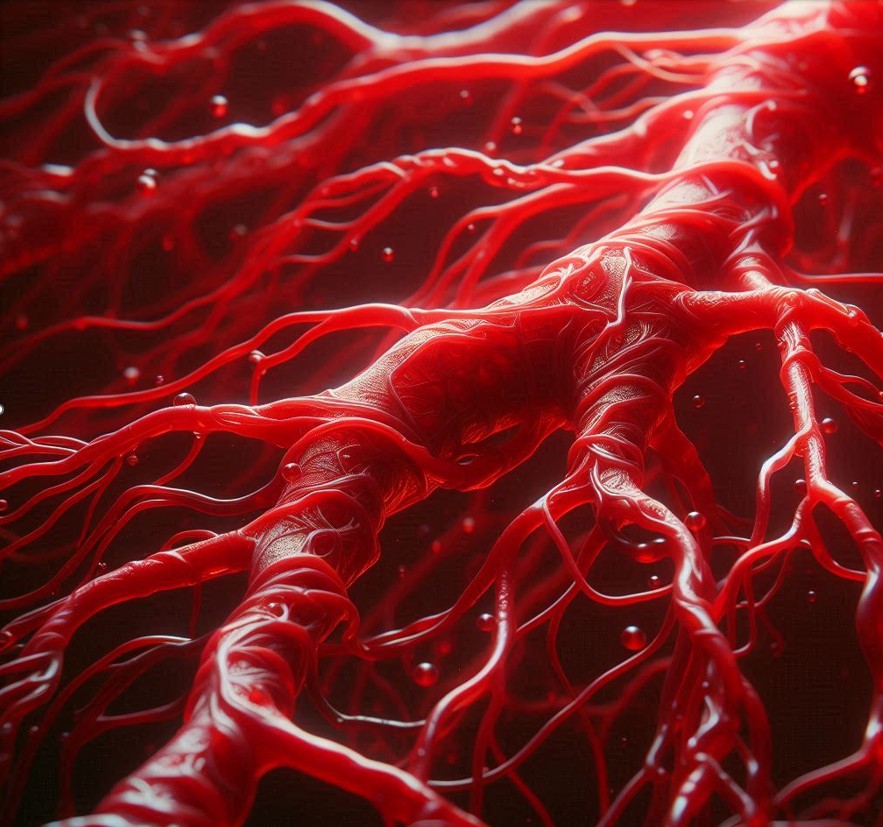The rational design of solid-state vasculature for organ-on-a-chip models
The successful candidate will get to rationally design 3D printed solid-state vasculature for organ-on-a-chip models.
Groups
Project status
Content navigation
About
The solubility of molecular oxygen in aqueous media is remarkably low. Accordingly, cells, which metabolise oxygen, typically reside within 50 – 100 µm of surrounding vasculature. Here, blood in the vasculature overcomes this poor solubility by shuttling oxygen via erythrocytes (red blood cells), which contain high concentrations of the oxygen-binding protein haemoglobin. To extract the oxygen from the erythrocytes, muscles (and their associated cells) utilise myoglobin, which has a higher oxygen binding affinity than haemoglobin. In biology, this elegant process is highly evolved and efficient, however, for tissue engineered organ-on-a-chip models, oxygen delivery remains a major challenge. In such 3D models, hypoxic zones arise at larger length scales, resulting in the formation of necrotic (dead) regions which inhibit tissue-like function. Accordingly, this project is centred on the rational design of 3D printable protein-polymer hybrids with responsive oxygen-evolving capabilities. In doing so, the successful candidate will bioconjugate myoglobin with polymer surfactants to enable organic solvent co-dissolution with poly(dimethylsiloxane) to generated highly fabricable composite materials that can deliver oxygen to cells.

